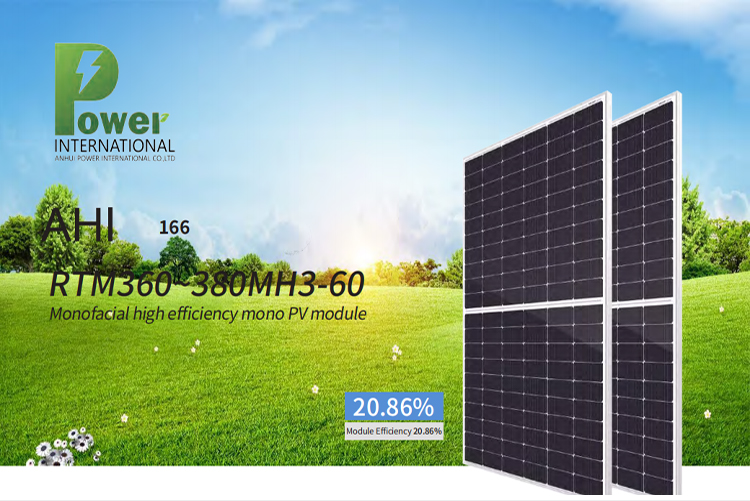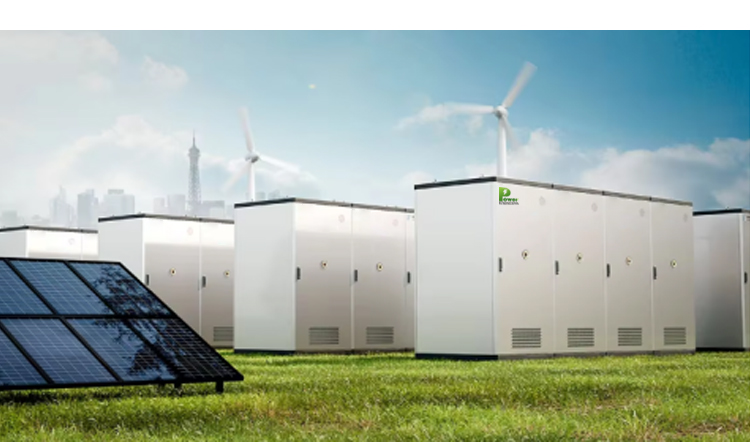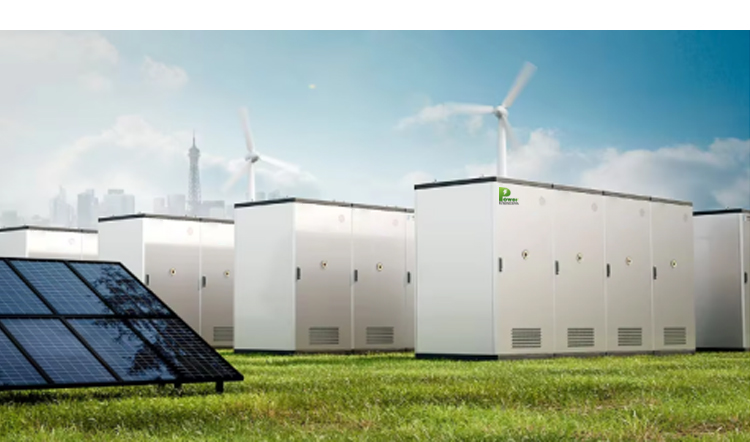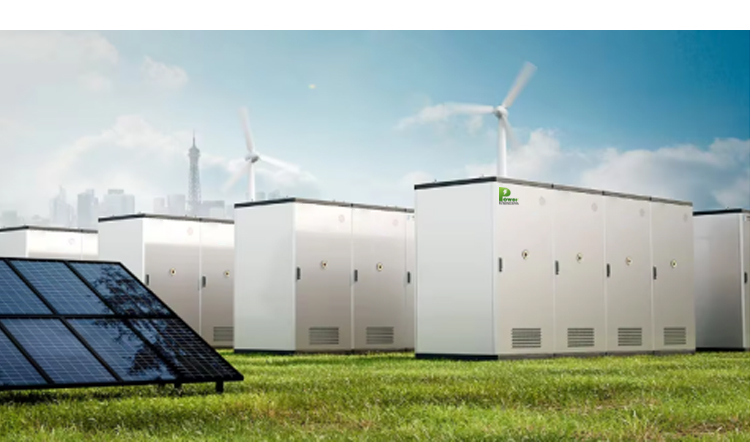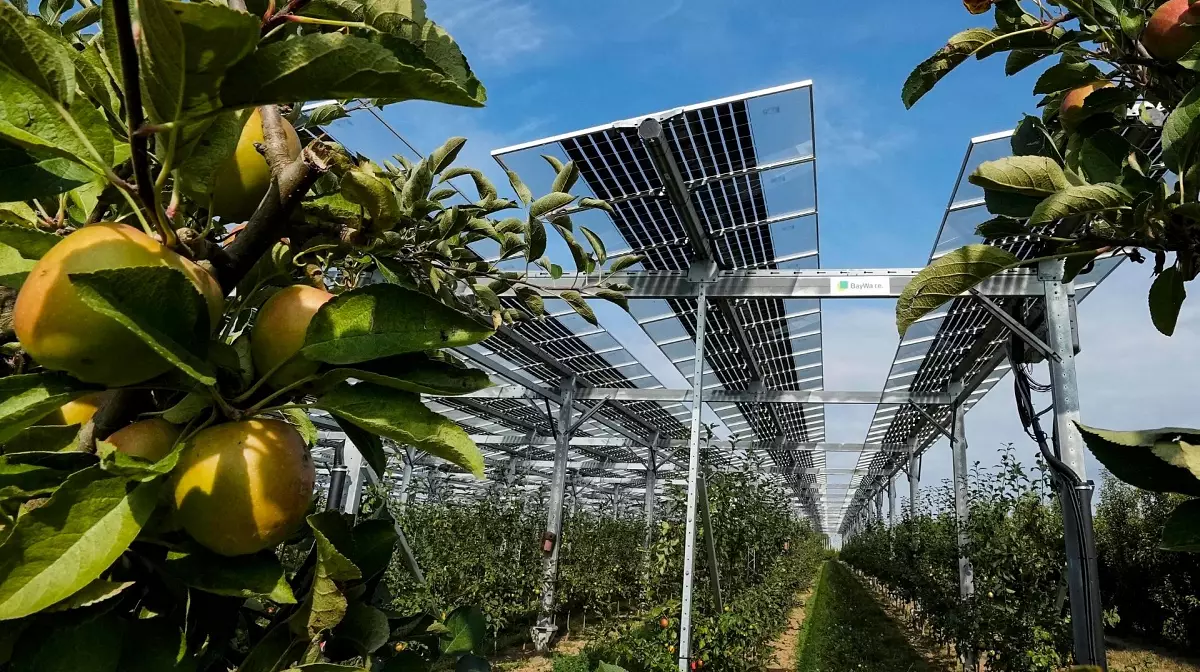JinkoSolar’s Tiger Neo III Enters Mass Production with 15GW in Global Pre-orders
JinkoSolar launches Tiger Neo III with 15GW orders, setting new N-type TOPCon benchmark.
Harness the Sun: 5 Compelling Reasons Why Solar Energy is Our Future
Solar energy: cheaper than fossil fuels, cleaner for our planet, and powered by the sun.
Three Modes of Photovoltaic Energy Storage Power Plants
PV energy storage plants convert sunlight to DC via PV modules, invert to AC for grid/load use. Surplus power charges batteries (monitored by BMS), which discharge via bidirectional inverters when PV is insufficient, stabilizing supply and optimizing economics.
How Do Solar Panels Work in a Residential Setting?
Residential solar panels use PV cells to turn sunlight into DC power, inverted to AC for homes—excess energy goes to the grid or batteries.
Solar Panels: More Feasible, More Valuable—4 Key Surprises
Solar panels are more feasible than imagined—they work on cloudy days, cut bills, boost property value, and come with low costs plus subsidies.
Advantages and Prospects of Photovoltaic Energy Storage
PV energy storage boosts users’ solar self-consumption (overcoming standalone PV’s <30% rate) and stabilizes weather-linked fluctuations. It drives multi-energy complementarity, aiding decarbonization amid power system transformation.
Lithium Batteries in Photovoltaic Power Generation: Feasibility, Applications, and Core Values
Lithium batteries are viable for photovoltaic (PV) power generation, acting as key energy storage components. They store surplus PV power for use in low-sunshine, nighttime or emergencies, with up to 95% storage efficiency. Addressing grid issues from renewable energy growth and meeting rising European demand, they boost grid stability, cut costs, and support the shift to clean energy.
Unveiling the secrets of solar energy: The magical journey from cosmic light to green electricity
Solar energy, an increasingly familiar term in everyday conversation, actually encompasses extensive scientific principles and technological innovations. To gain more insight, let's investigate how solar energy collects energy from the sun and converts it directly into usable form for human use.
Solar panels provide shade and a second source of revenue for this enterprising German farm
An apple farm in western Germany is reaping a second harvest - but it's not what you might expect. Solar panels providing much-needed shade for the orchard have been producing bountiful electricity...


